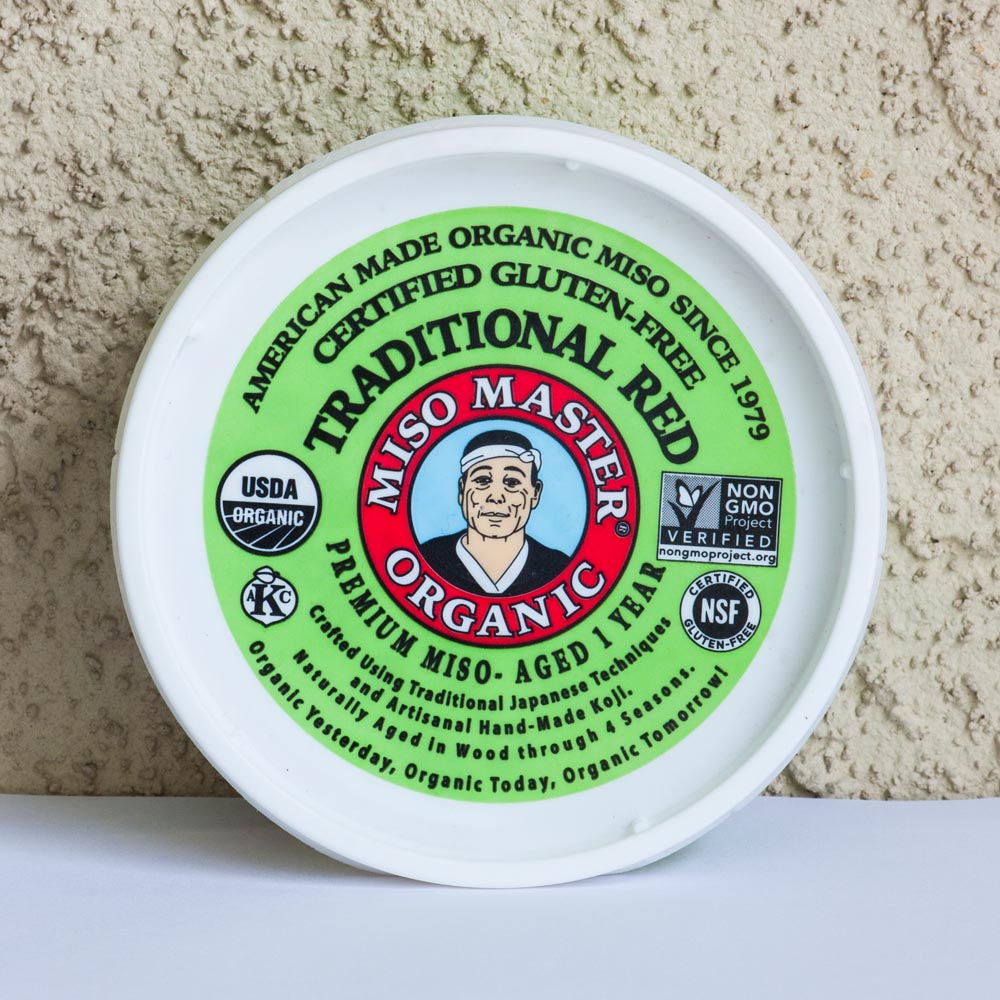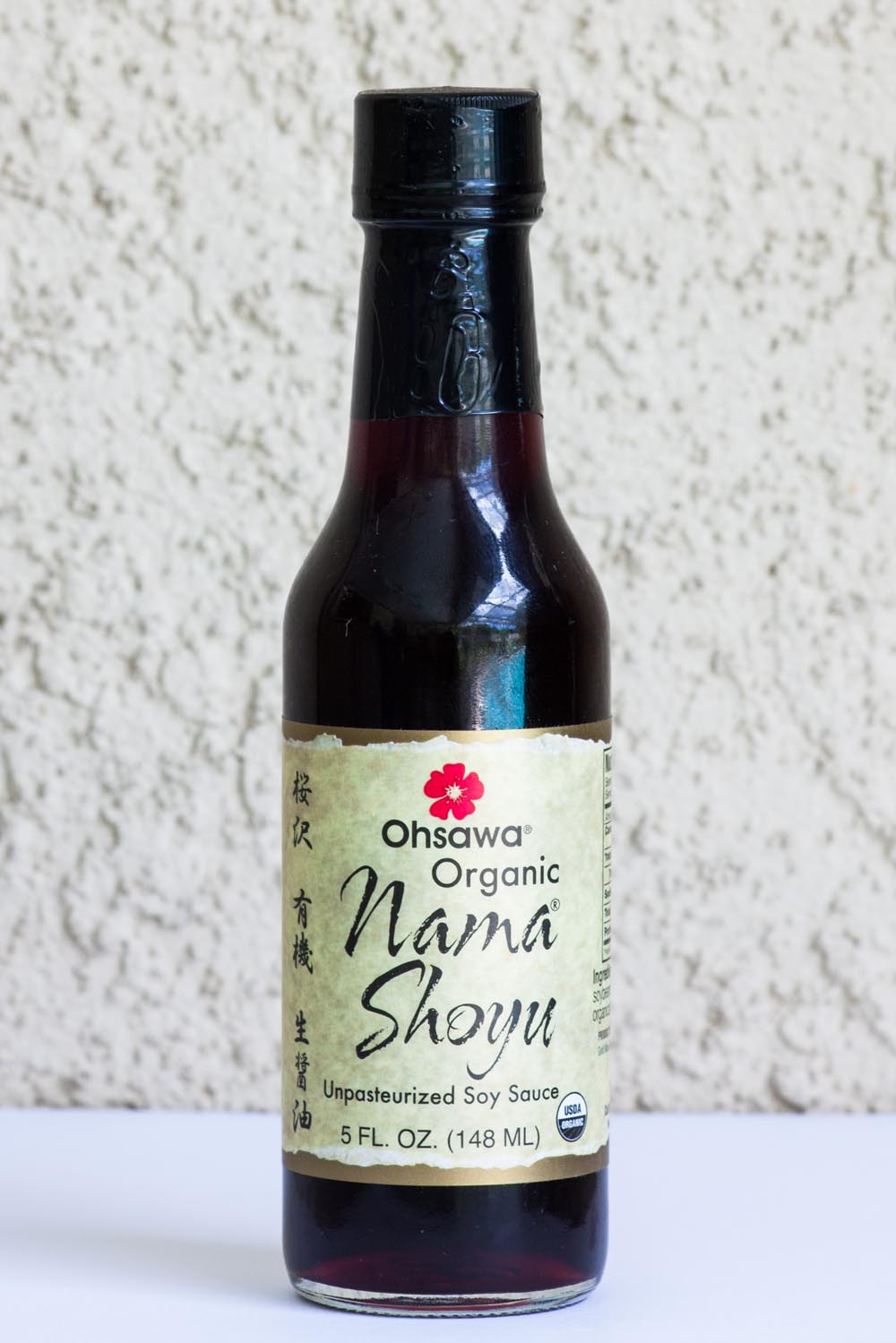About fermented soy
Fermented soy products are a great source of easily digestible complete protein. There are also plenty of minerals and other important nutrients. What you don’t get with fermented soy is animal protein, saturated fats or cholesterol.
There are many types of fermented soy available in the U.S. I regularly use miso, tempeh, soy sauce, shoyu and tamari at home and in the hotel kitchen. These products supply nutrition and flavor to a wide variety of dishes.
I am careful to only use organic soy products. As much as 90% of the soy grown today is genetically modified. Almost all of the GMO soy goes into animal feed but it is not worth taking that chance. Organic products cost only a little more, ensure against GMO ingredients and are usually higher quality, too.

Tempeh usually combines soy beans with a grain such as wheat, rice or barley. This tempeh is fermented with flax seeds for more omega-3 fatty acids.
Why eat fermented soy?
Soy is a bean or legume. It has all of the perceived problems of this food category. Soy also has a bad image because of the GMO issue.
The main argument against legumes is “anti-nutrients.” These are compounds in legumes that bind to various minerals and vitamins and prevent their digestion. The most prevalent “anti-nutrient” in soy is phytic acid. Even so, our bodies are still able to make use of most of the nutrients in fresh soy.
Fermentation solves the “anti-nutrient” problem almost entirely. Fermented soy can have up to 90% of the phytic acid converted to other harmless compounds. Fermenting soy also converts some of the minerals present into forms that are easier for us to absorb and use. Plus the bacteria doing the fermenting produce more vitamins of their own, including small amounts of vitamin B12.
Another common argument against legumes is the presence of large, complex and difficult to digest sugars. These sugars are responsible for the gas and bloating some suffer after eating beans. The complex sugars make it all the way to the large intestine where gut bacteria break them down through fermentation, producing gas and discomfort.
Fermenting breaks these sugars down before we eat the soy. It also helps that the soy beans are normally well cooked before being fermented. Proper soaking and thorough cooking also helps to remove and break down the problem sugars in legumes.
Why eat any soy?
Mostly because of the GMO issue, I ate very little soy for many years. I still used some say sauce and tamari and a little miso. But there was almost no tempeh or fermented tofu in my diet.
More research changed my mind about soy. Particularly fermented soy with all of its nutritional advantages. Studies continue to show a relationship between eating soy and lower mortality. Increased soy in the diet also seems to lead to lower rates of heart disease and diabetes and less obesity. These same connections occur with legumes in general, so it makes sense that they would also show up specifically for soy.
This is the kind of evidence I base my diet on. If studies consistently show better health and longer life when eating certain foods, I want to eat those foods, too. And I don’t mean one or two studies of 15 or 20 people. I mean many studies of large groups of people over periods of many years. I mean dietary studies of entire populations that live longer than normal lifespans.
Ignoring that kind of evidence is like refusing to believe that motorcycle helmets or seat belts will help you live longer. Not eating foods that are proven to keep us healthier and help us live longer is making a conscious choice to die sooner and sicker than necessary. I prefer to stay healthy as long as possible.



